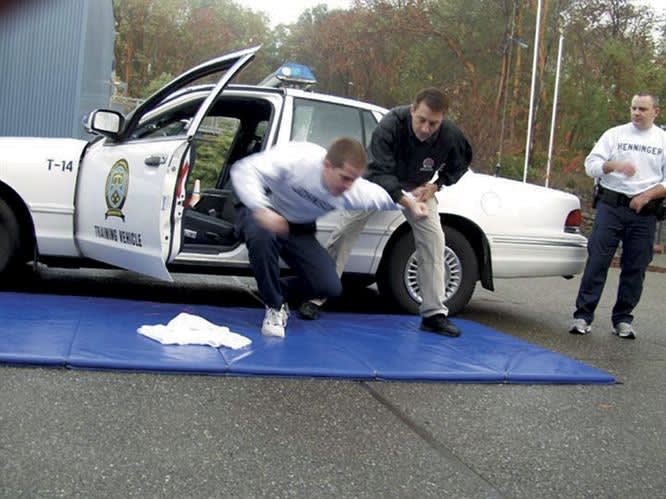Veteran police trainer and retired Milwaukee (Wisc.) Sheriff's Department Capt. Gary T. Klugiewicz marvels at the fact that more police officers weren't seriously injured in training accidents before trainers started adopting rigid and standardized precautions. "Over the years, many of us were unconscious competents," he says. "We did things right, but we didn't really know why it was right, and we couldn't explain it to others."
Now Klugiewicz knows exactly what to tell his students about safety. In his classes and in many other police training programs, the first thing students are asked to do is read the written safety rules and agree to abide by them.
Safety guidelines supplied by several DT trainers cover such concerns as weapons, jewelry, horseplay, keeping the floor clear of tripping hazards, and when to halt the exercise. The guidelines also advise participating officers not to play through pain and to immediately advise the instructors of injuries that do occur.
That last part is very revealing. DT training is obviously no game and accidents will happen. The trick is to minimize both their frequency and their magnitude.
Bob Bragg, director of instructor training at the Washington State Criminal Justice Academy in Seattle, argues the only way to have zero injuries is to have students do nothing but "sit in the classrooms." He says otherwise an acceptable injury rate is 5 percent or less with injuries defined as: "something that lasted more than a few days and had some debilitation associated with it and that may have required the officer or cadet to see a physician." And of course he is not talking about permanently disabling or fatal injuries.













